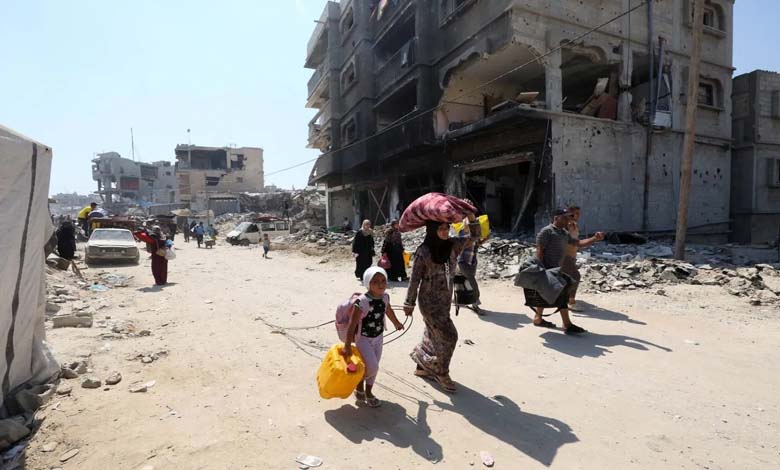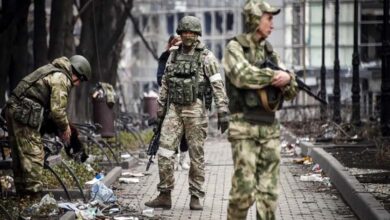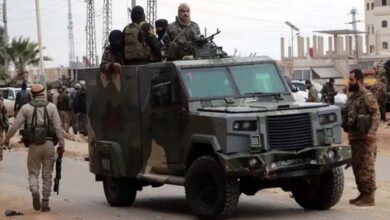Gaza Truce: Israel Loosens Its Red Lines and Steps Back on Morag Corridor

A new openness has emerged in Israel regarding a potential ceasefire in Gaza and a possible settlement on withdrawing its forces from the Morag corridor, which separates Khan Younis from Rafah.
-
The Story of Two Grandchildren May Reopen the Genocide File in Gaza… Will France Take Action?
-
Special Operation: Israel Announces Recovery of Two Hostages’ Bodies from Gaza
According to Israeli media reports, Prime Minister Benjamin Netanyahu is now determined to secure a ceasefire and open to compromises concerning the army’s deployment.
The Israeli Broadcasting Corporation KAN, quoting political sources who attended the latest security cabinet meeting, stated that Netanyahu has shown more flexibility than in the past as part of the efforts to reach a prisoner exchange deal with Hamas.
These sources noted that Netanyahu has expressed willingness to reconsider the long-contested issue of a withdrawal from the Morag corridor — a topic he had previously refused to negotiate.
-
Latest Gaza News: 15 Killed While Waiting for Aid, Israel Acknowledges Incident
-
When the Besieged Rise Up… Gaza Shouts at Hamas
Is a truce agreement close?
Ongoing negotiations in Doha are said to focus on updated maps of the zones covered by the potential deal. Officials estimate that a few more days may be needed to finalize the agreement.
The daily Yedioth Ahronoth also reported that Netanyahu is showing new flexibility on the Morag issue and is seriously engaged in talks about a prisoner exchange with Hamas.
While no agreement is expected in the immediate days, sources confirmed that talks are making progress.
-
After the Chaos of the First Distribution… Will the New Aid Mechanism in Gaza Hold?
-
Did the Gaza Truce Falter Over a Handshake? Details of the Rejected Proposal
An Israeli official said: “If a deal is reached, there will be no humanitarian city in Rafah under current conditions, as no protected zone will be maintained.” He added that Netanyahu is prepared to compromise on issues he had previously considered untouchable.
Tensions within the cabinet
During the security cabinet meeting, a heated debate broke out between Israeli military officials and government ministers.
According to Yedioth Ahronoth, army representatives estimated that building the planned humanitarian city in Rafah — a massive tent camp for up to 500,000 displaced people — would take over a year and cost between $10 and $15 billion.
This sharply contradicts earlier expectations that suggested the camp could be completed in six months.
Netanyahu was reportedly dissatisfied with the army’s timeline and demanded a shorter, cheaper, and more practical plan.
-
Israeli escalation on Gaza 33 Palestinians killed including children in overnight airstrikes
-
Political Analyst: Gaza Faces a Slow Death Amid Disgraceful International Silence
Some participants suggested that the army was not fully supportive of the humanitarian city project — which has drawn international criticism — and may have proposed an unrealistic timeline to stall it.
Funding was also discussed, with estimates ranging from billions to tens of billions of shekels. Israel, for now, has no plans to allow the displaced to return to northern Gaza.
-
Land Sea and Air… Israel Prepares for an Unprecedente Incursion into Gaza
-
Mass Displacement and Annexation Threats: The West Bank Faces a Gaza-Like Scenario
Finally, National Security Minister Itamar Ben Gvir harshly criticized the humanitarian city initiative, calling it a “smokescreen” to cover up a pending hostage deal with Hamas.
He stated: “This humanitarian city will certainly not be built as part of a surrender deal being negotiated with Hamas — one in which the IDF would withdraw from reclaimed terrorist zones, hundreds of murderous terrorists would be released, and Hamas would be given a chance to rebuild.”












